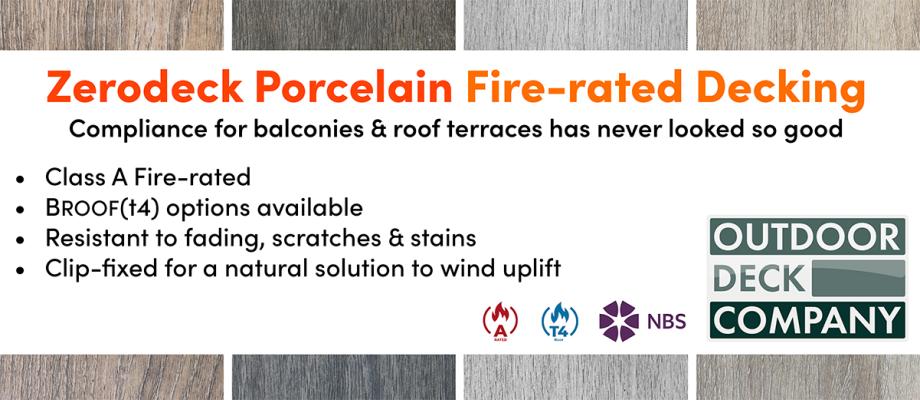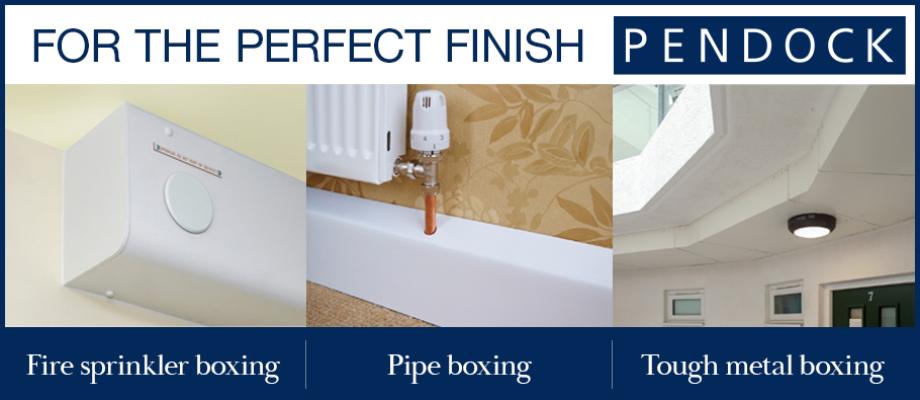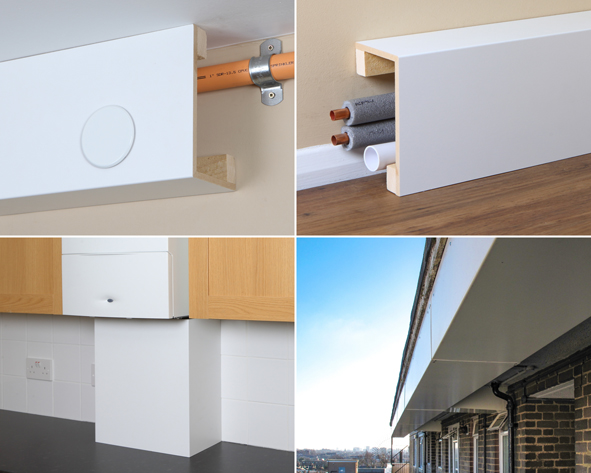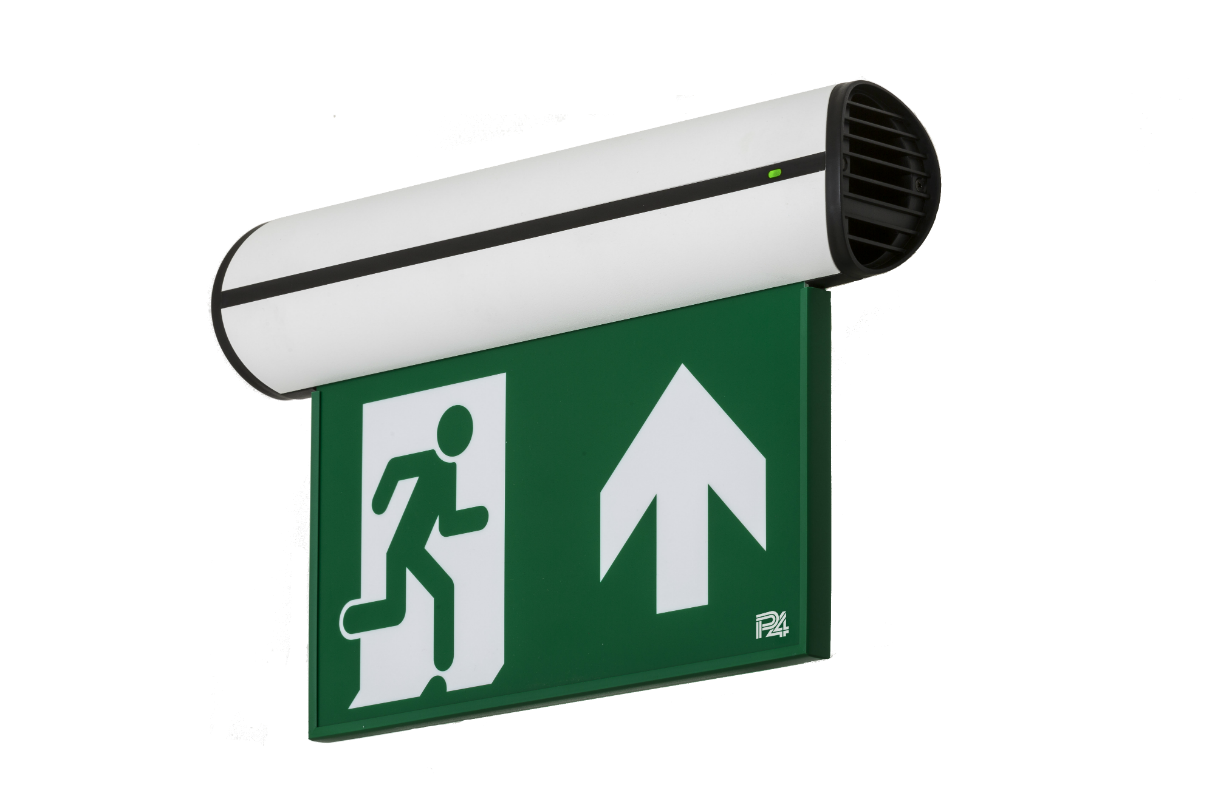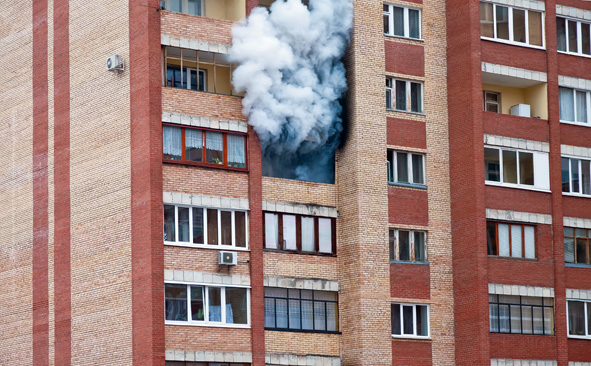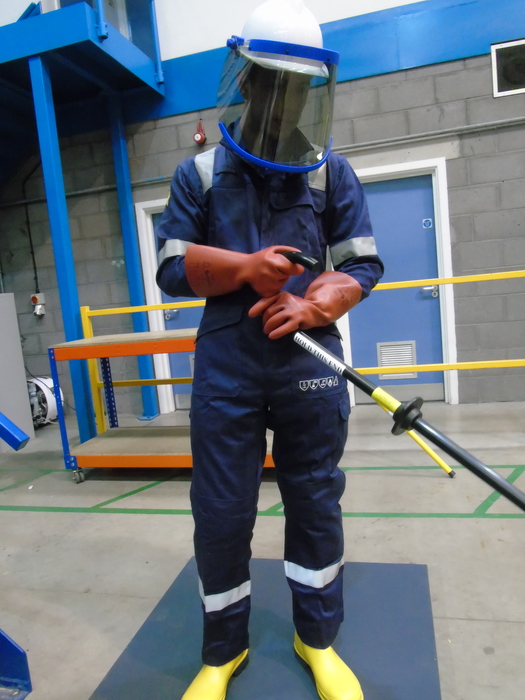Are you in control of the fire safety compliance for your property portfolio?

Since Grenfell, fire safety in social housing has been in the spotlight. The standard of existing fire safety has been scrutinised and reviewed, with terms such as stay-put policy, EWS1 forms, The Hackitt Report, and ACM cladding all becoming household topics of discussion. Billions of pounds are being spent on Type 4 Fire Risk Assessments (FRA), cladding removal, door replacement programmes and waking watch. Housing groups are now putting more and more pressure on manufacturers and contractors to provide them with the assurance of compliance, with BIM and the Golden Thread becoming the expectation rather than the exception.









